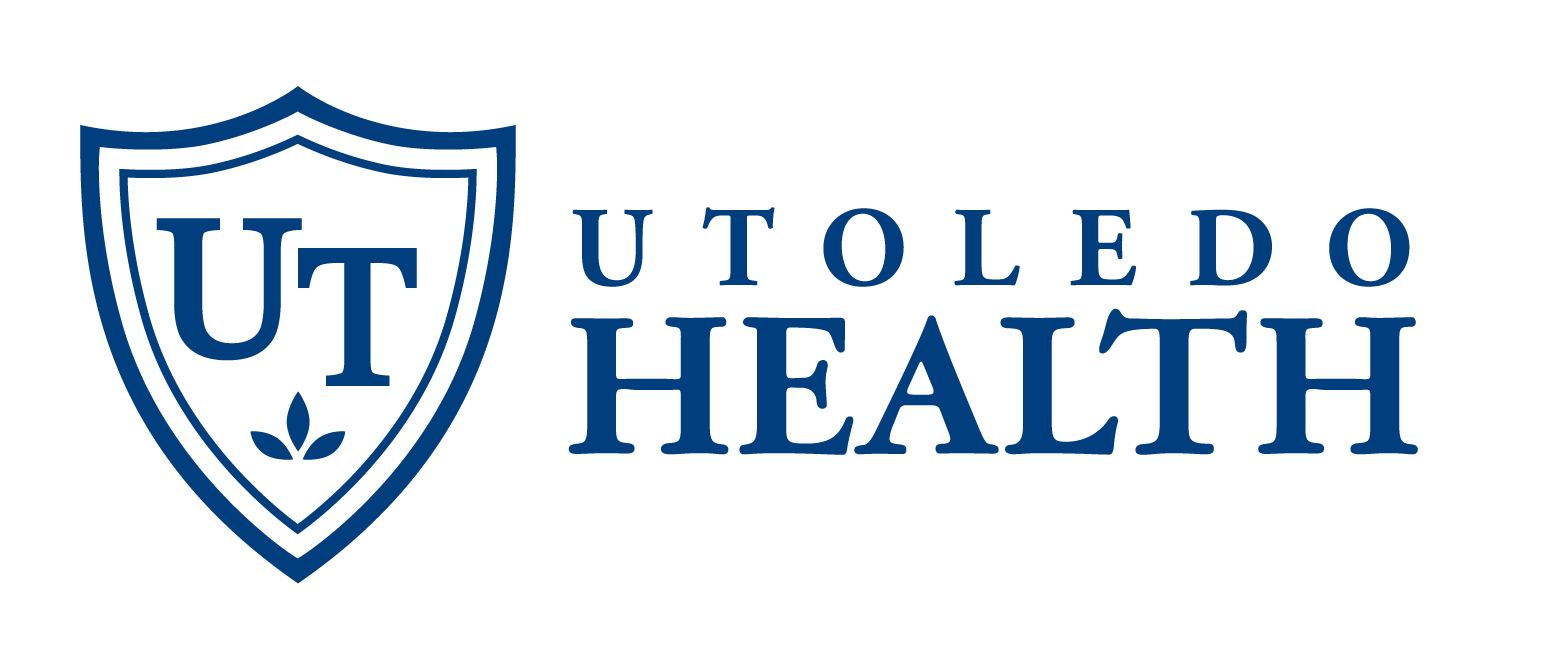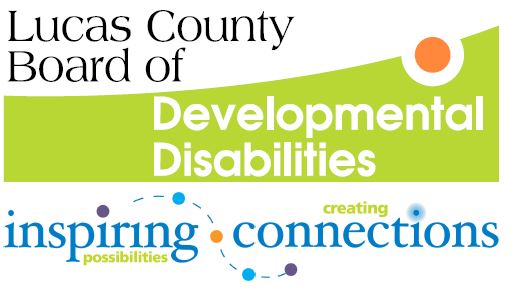Rotary Club to focus on preschool, lead remediation, water quality

Excerpt from Toledo Blade Article
April 11, 2019
“Rotary Club of Toledo is lending financial and hands-on assistance to three citywide efforts to improve quality of life: universal preschool, lead poisoning prevention, and clean water initiatives.
Rotary President Dick Wolff announced the organization’s commitment on Thursday alongside Toledo Mayor Wade Kapszukiewicz and Toledo Public Schools Superintendent Romules Durant at Middlegrounds Metro Park downtown.
“This is a group of people who come together who care about Toledo, love Toledo, and have chosen themselves to do things that promote Toledo. Not because they have to, but because they want to,” Mayor Kapszukiewicz said. “The fact that this is a deliberate, thoughtful, coordinated process, I think is an indication of how ready this community is to move the needle on some of these issues.””
Read Blade Article
Transformational Projects: Fact Sheet
Universal Pre-Kindergarten Education
The Community’s Need
- 65% of kindergarteners enter Toledo Public Schools testing developmentally behind on the Ohio Kindergarten Readiness Assessment
- High quality early childhood education programs have been shown to impact kindergarten readiness, elementary school reading levels and overall life outcomes
- There are 8,884 children ages 0-5 under the federal poverty line in the City of Toledo and 13,992 in Lucas County, but only a small percentage are able to access quality early childhood education
Toledo Rotary’s Plan
- Rotary will work with local government, business and organizations to advocate for universal pre-kindergarten education in our community
- Rotary will find additional partners to fund and participate in the exploration of the most effective ways to implement universal pre-kindergarten
- $10,000 will be invested in initial research to evaluate the implementation of universal pre-kindergarten
- $90,000 will be expended based on the findings of the initial research in order to implement universal pre-kindergarten
Lead Poisoning Identification, Education and Abatement
The Community’s Need
- Lead poisoning has been recognized as one of the greatest environmental health risks facing children. Those under the age of four are most at risk
- Children absorb 50% of lead taken into the body as opposed to adults at 10%
- In urban areas as many as 50% of the child population has excessive levels of lead in their bodies
- Pregnant women are at risk of passing on effects of lead consumption to their unborn child
Toledo Rotary’s Plan
- Identify homes with lead paint and water pipes that were built before 1978, focusing on 20% of the homes that are likely contributing to 80% of lead exposure
- Educate the community about lead poisoning prevention
- Collaborate with health, governmental and educational institutions to promote cost effective ways of reducing lead poisoning in children
- Partner with other area service organizations on the Lead Free by 2023 agenda
Water Advocacy
The Community’s Need
- In 2014, a toxic algae bloom left 500,000 people without drinking water. In the last four years, the issue has been controlled, but the prominence of algae blooms has increased
- Toledo Rotary’s involvement with the Northwest Ohio regional Harmful Algal Bloom (HAB) water issue has moved through the initial steps of education through two regional water conferences
- Toledo Rotary has participated in tours to the Blanchard River Watershed Demonstrations Farms, the Ohio State Stone Lab on Gibraltar Island
- Toledo Rotary participated in wetlands reconstruction with the Black Swamp Conservancy
Toledo Rotary’s Plan
- Toledo Rotary’s next step in Water Advocacy is to participate in advocacy with Ohio state legislators and executive branch members who develop and implement programs governing the health of our state waters
- With anticipated support from area state representatives, Toledo Rotary members will make at least two trips annually to Columbus, Ohio to campaign for Water Advocacy
- Toledo Rotary will sustain this routine campaigning over several years until legislation is completed which ensures the reduction in nutrient loading committed to under Ohio’s agreement with Michigan and Ontario. That agreement commits to 20% nutrient reductions by 2020 and 40% by 2025.




































